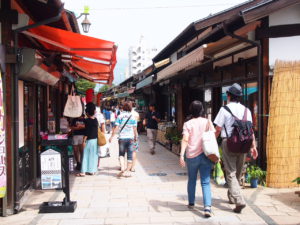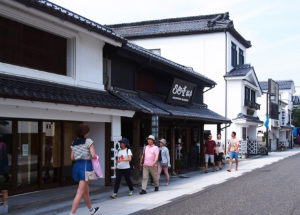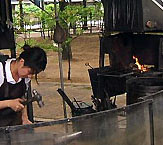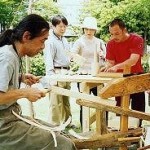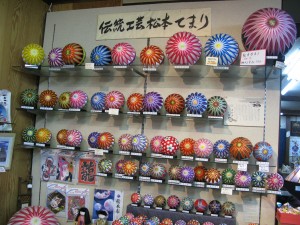 Matsumoto’s most well-known folk craft is a hand-made ball of intricately woven silk yarn, called “temari”. While the predecessor of the temari originated in China, temari in Japan were originally made with old pieces of kimono.
Matsumoto’s most well-known folk craft is a hand-made ball of intricately woven silk yarn, called “temari”. While the predecessor of the temari originated in China, temari in Japan were originally made with old pieces of kimono.
There are a few theories about the origins of the temari in Matsumoto. One says that over 200 years ago, a noblewoman belonging to the ruling Matsumoto Clan created the first temari handball. Another says that a child of one of the area’s warriors started making them to help bring in money.
At first, the temari balls were popular as simple toys for little girls to play with. Later, they became symbols of harmony and accord between families, hence brides began presenting them to the groom’s side of the family. Nowadays, they are mainly used as gifts and interior decorations. The balls are made by winding colored threads of silk to create various shapes and patterns. They vary in size, but can take about four or five hours to make.
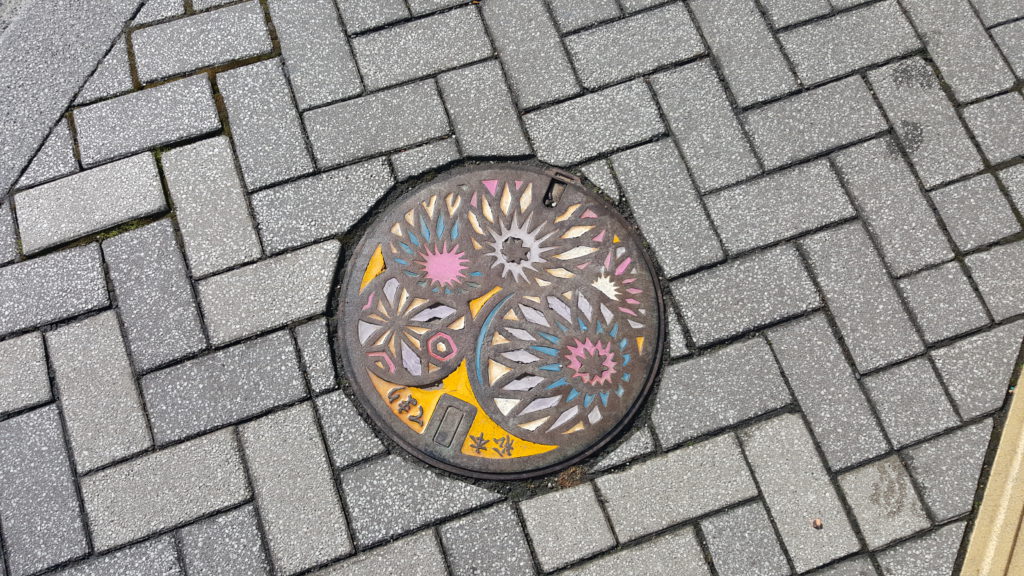 Matsumoto manhole cover decorated with temari
Matsumoto manhole cover decorated with temari
See our Other Activities page for information on making a temari yourself.
Where to Purchase
- Takagi – In business since 1878. Two locations: Near the Castle & On the 4th floor of Midori in the Matsumoto Station building.
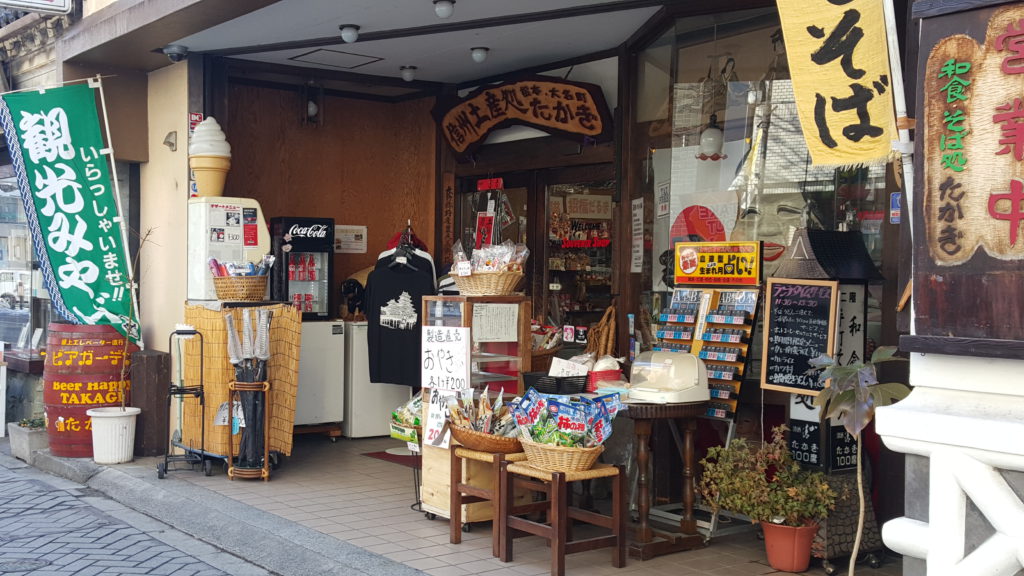
- Earth – Sells mini temari phone straps and earrings.
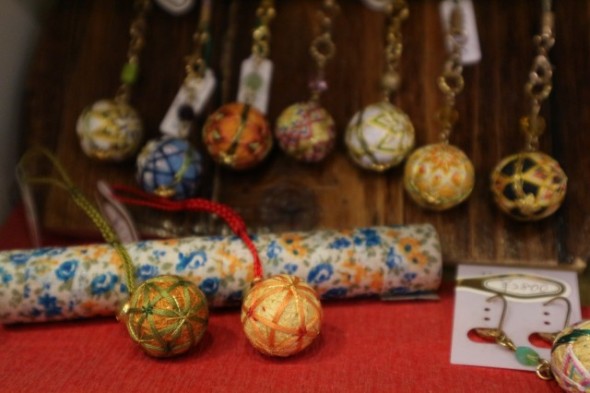
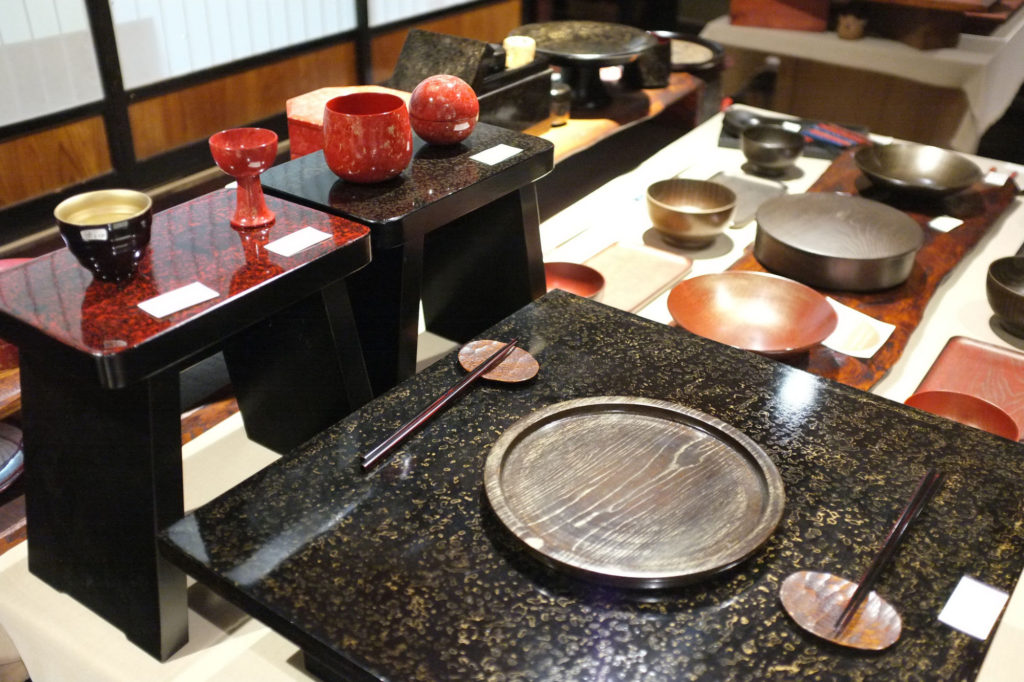
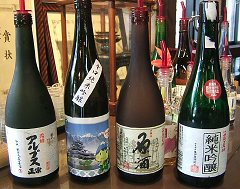 Nagano Prefecture is one of the most renowned nihonshu producing prefectures in the country. With natural springs providing the perfect source of fresh, clean water, Matsumoto has a long history of producing nihonshu of superb quality. While you can of course buy bottles year-round, production season starts late October.
Nagano Prefecture is one of the most renowned nihonshu producing prefectures in the country. With natural springs providing the perfect source of fresh, clean water, Matsumoto has a long history of producing nihonshu of superb quality. While you can of course buy bottles year-round, production season starts late October.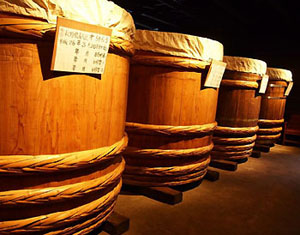
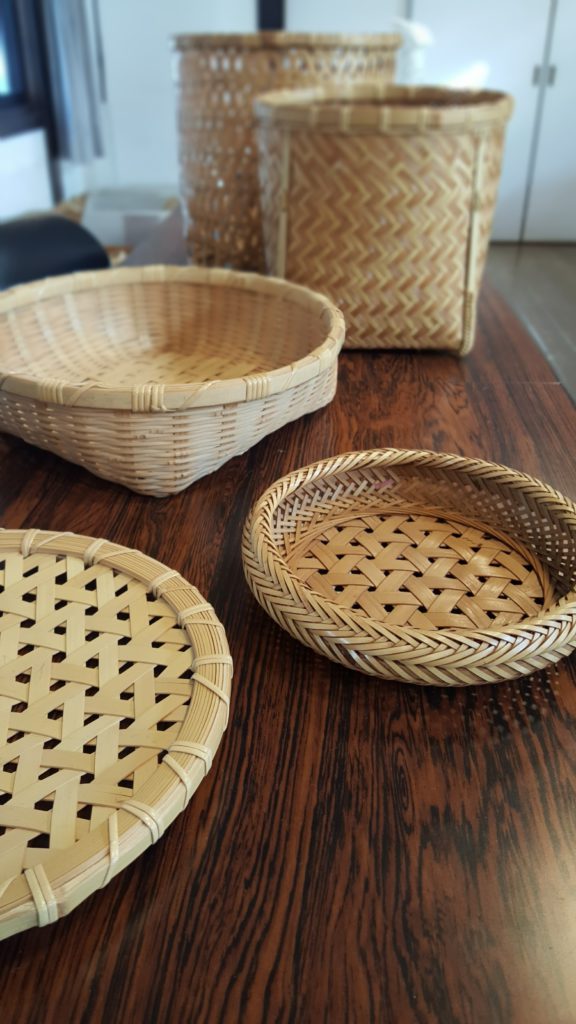 Bamboo working once thrived in Matsumoto. At its peak, it was famous throughout the country and even exported. Most of the pieces coming out of Matsumoto were Misuzu Pieces made with robust sasa (dwarf bamboo). Although the industry declined after the Meiji period, the craft has made a steady comeback thanks to dedicated local craftsmen and craftswomen. After the last master craftsman passed in 2009, the guild was restored in 2011.
Bamboo working once thrived in Matsumoto. At its peak, it was famous throughout the country and even exported. Most of the pieces coming out of Matsumoto were Misuzu Pieces made with robust sasa (dwarf bamboo). Although the industry declined after the Meiji period, the craft has made a steady comeback thanks to dedicated local craftsmen and craftswomen. After the last master craftsman passed in 2009, the guild was restored in 2011.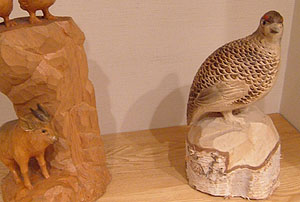 From carvings of animals, including those of the regions “thunder bird” or rock ptarmigan, to woven baskets, crafts made with white birch are another common craft in Matsumoto.
From carvings of animals, including those of the regions “thunder bird” or rock ptarmigan, to woven baskets, crafts made with white birch are another common craft in Matsumoto.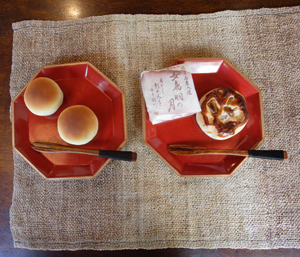 Matsumoto is home to a number of tasty sweets, both traditional and modern.
Matsumoto is home to a number of tasty sweets, both traditional and modern.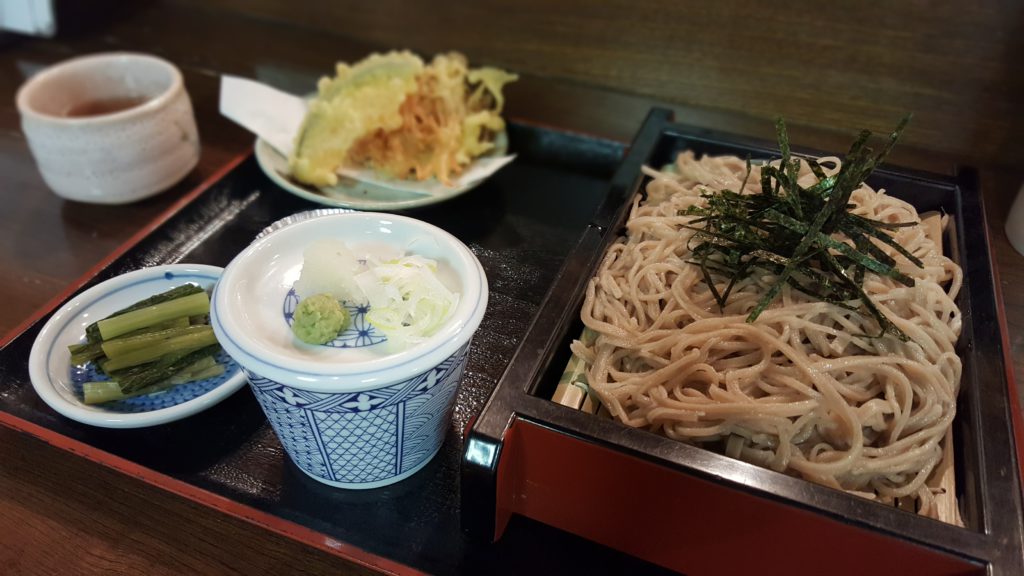 While soba can be found all over the prefecture, the noodles can vary greatly in texture and taste. High-grade soba is grown and ground right here in Matsumoto City or brought in from other highland areas in Nagano. You’ll be sure to taste the difference.
While soba can be found all over the prefecture, the noodles can vary greatly in texture and taste. High-grade soba is grown and ground right here in Matsumoto City or brought in from other highland areas in Nagano. You’ll be sure to taste the difference.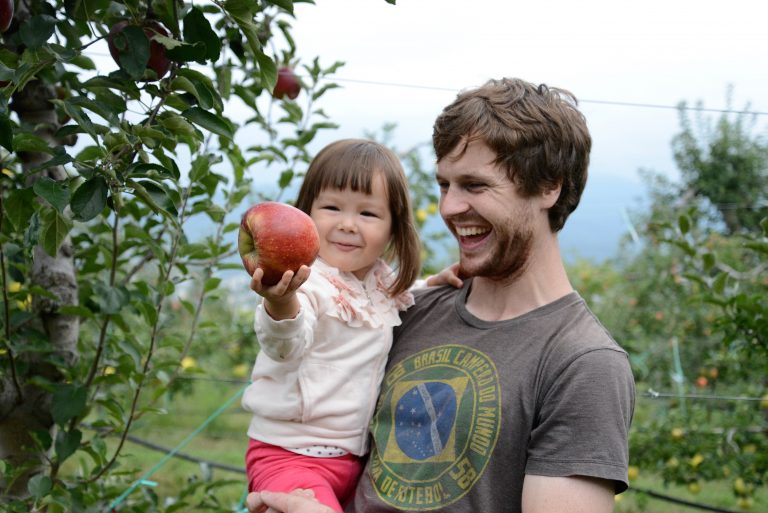 Nagano is famous throughout the country for its apples, but there are a number of other fruits available, including grapes, peaches, and Japanese pears. Matsumoto has a number of vineyards and Shiojiri, the city just to the south, can be considered wine country.
Nagano is famous throughout the country for its apples, but there are a number of other fruits available, including grapes, peaches, and Japanese pears. Matsumoto has a number of vineyards and Shiojiri, the city just to the south, can be considered wine country.